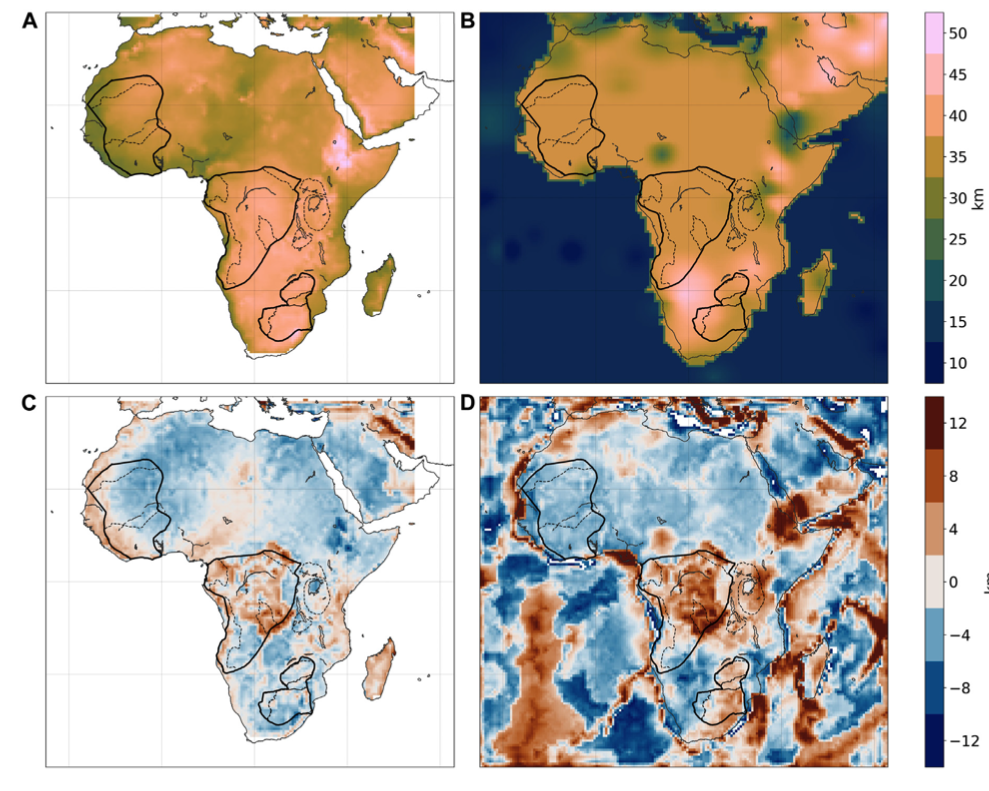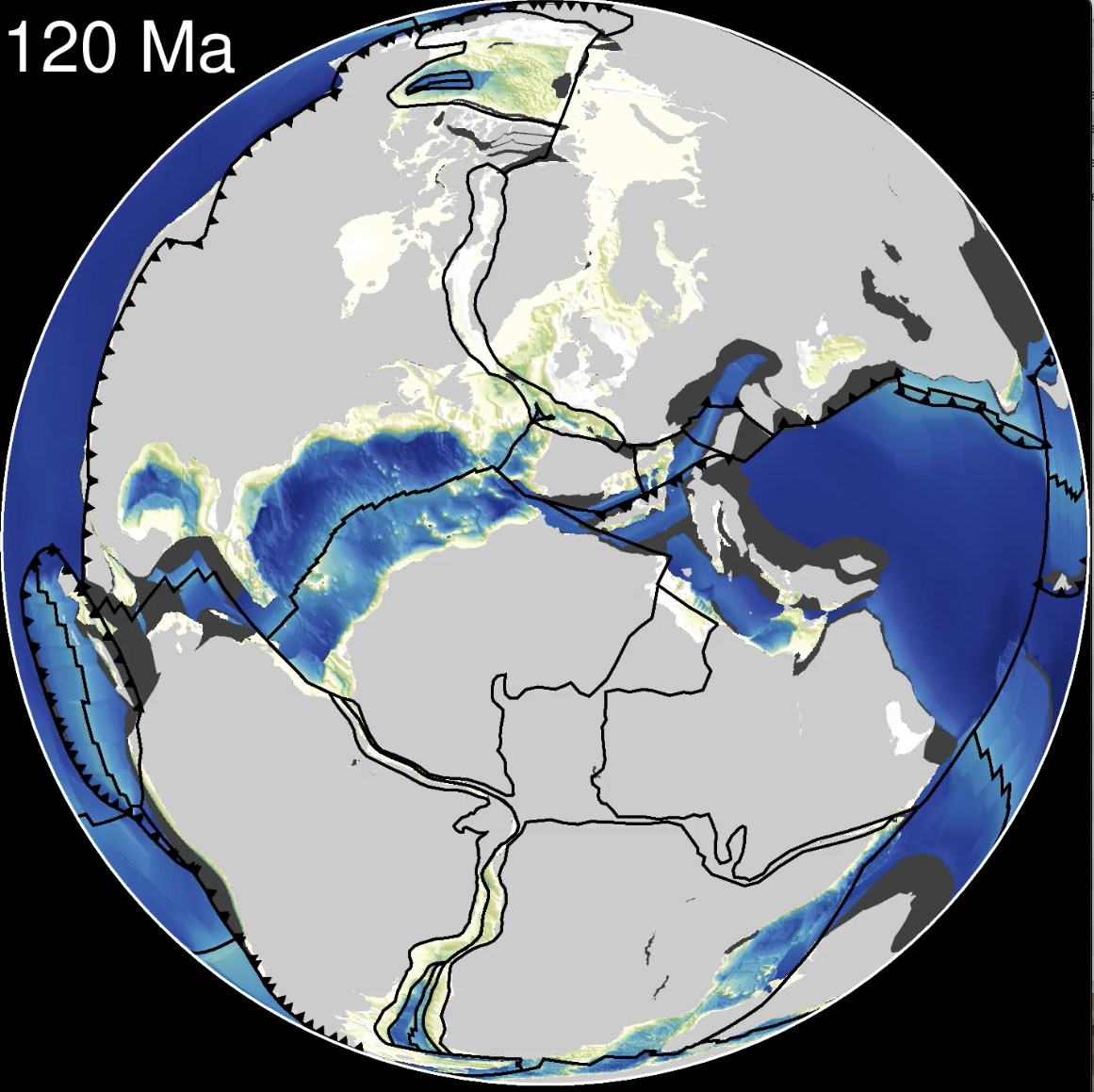Join us at 11am this Wednesday 15th June for the latest installment of the EarthByte seminar series, featuring Sydney Uni’s own Matt Boyd! The seminar will be held over Zoom at the following link: https://uni-sydney.zoom.us/j/82071832536. For more details, see below:
Front Earth Sci: Two-step Gravity Inversion Reveals Variable Architecture of African Cratons
The lithospheric build-up of the African continent is still to a large extent unexplored. In this contribution, we present a new Moho depth model to discuss the architecture of the three main African cratonic units, which are: West African Craton, Congo Craton, and Kalahari Craton. Our model is based on a two-step gravity inversion approach … Read more…



